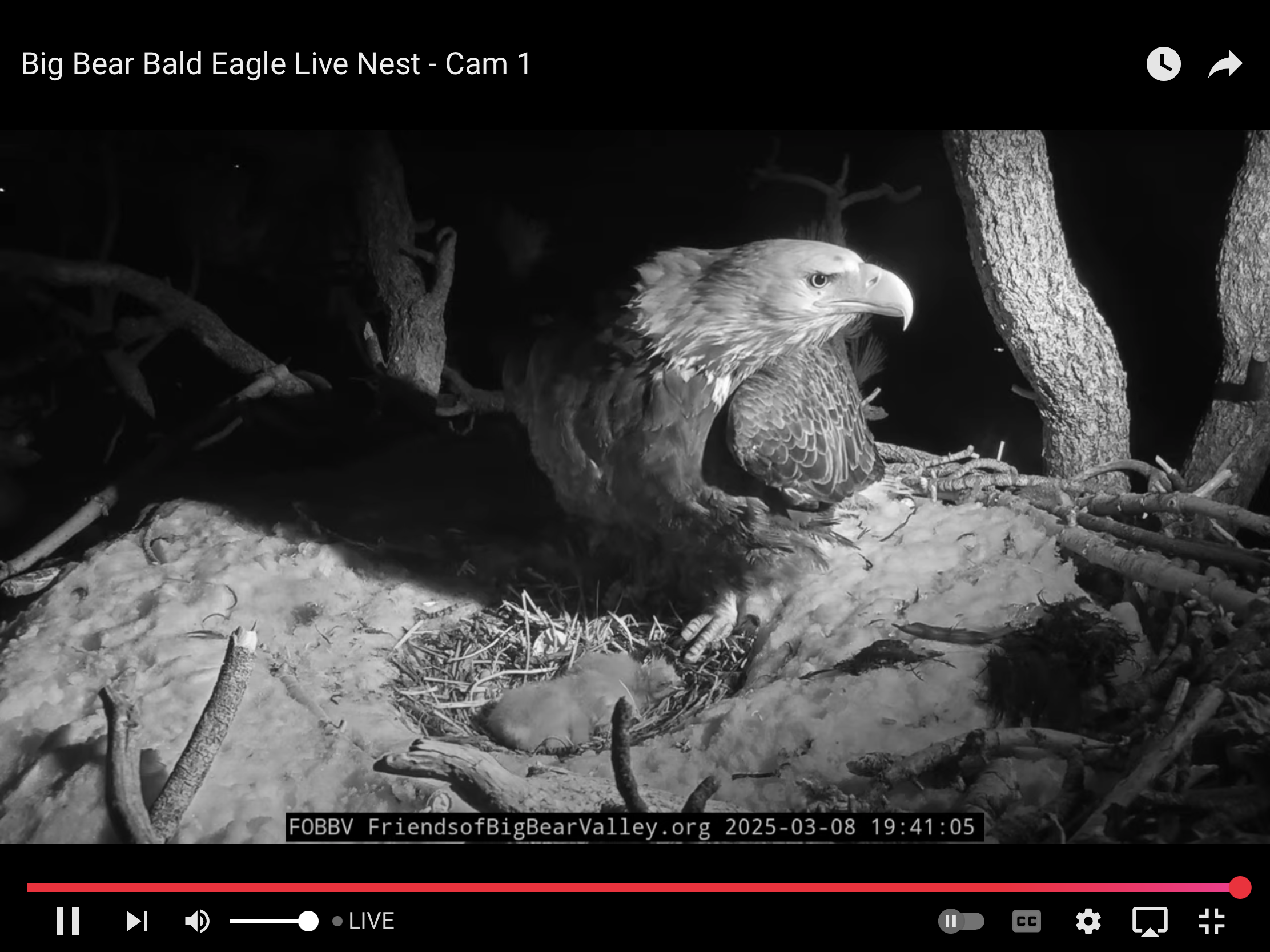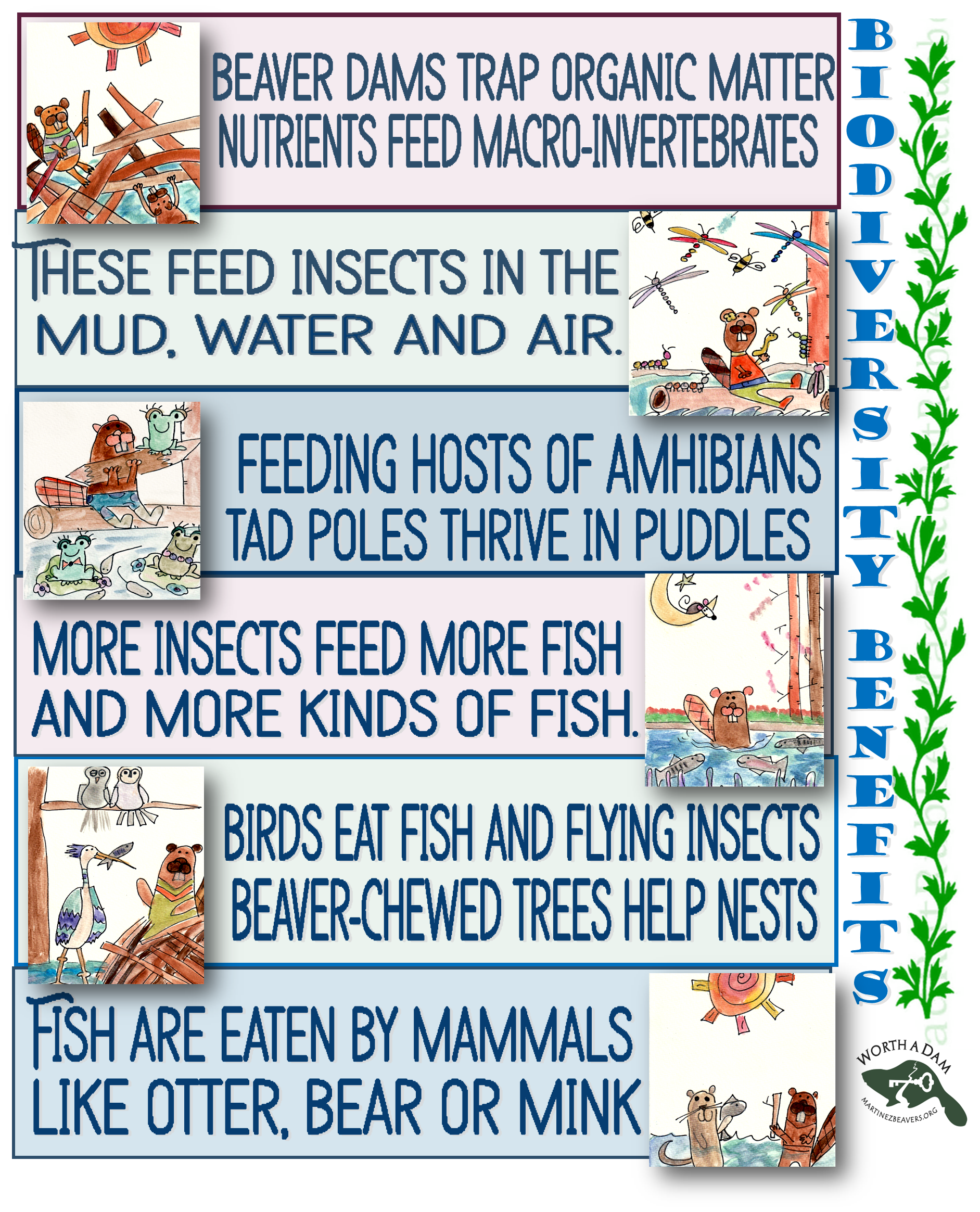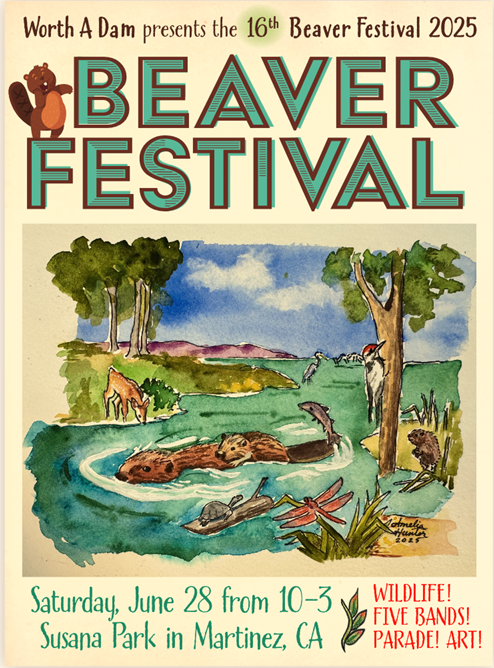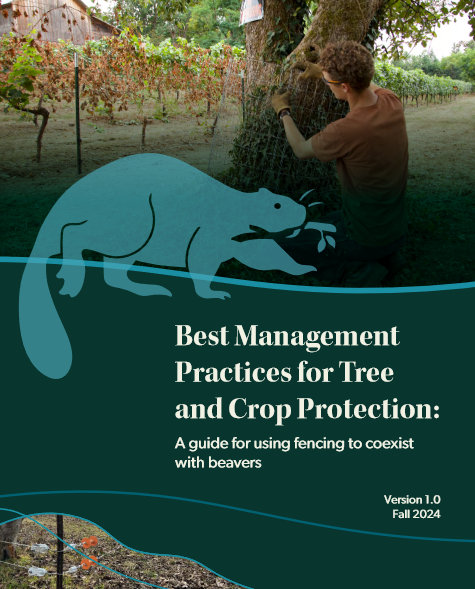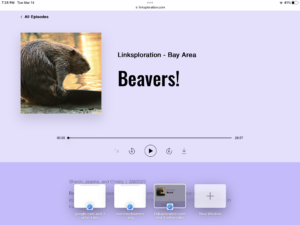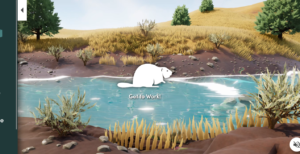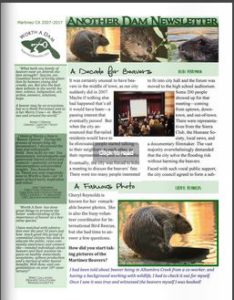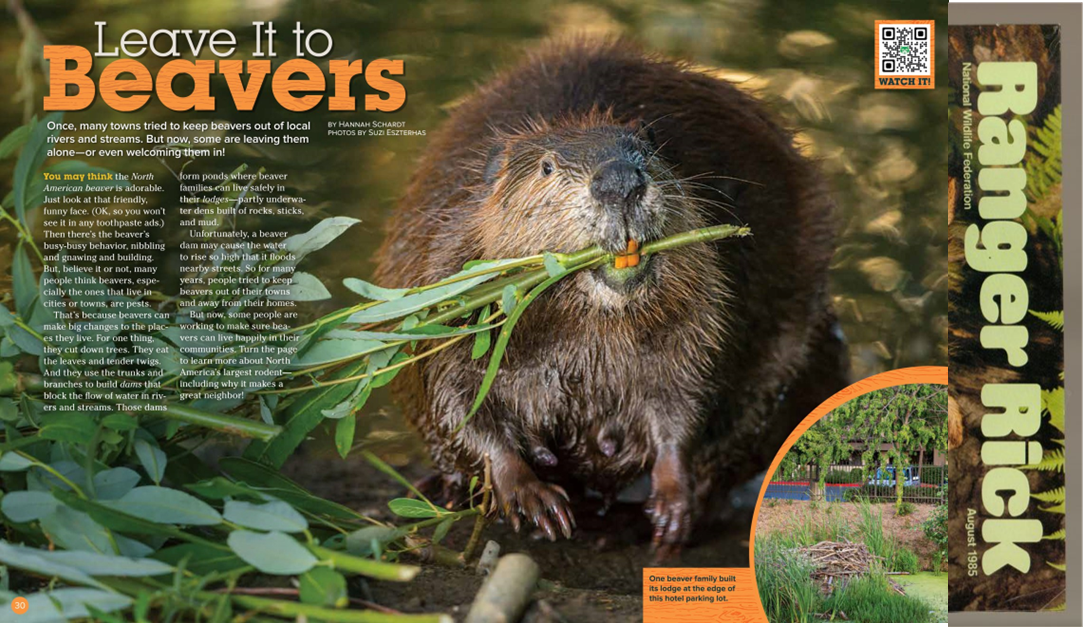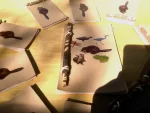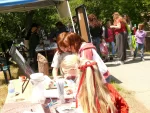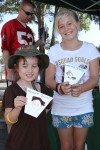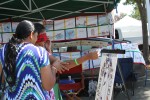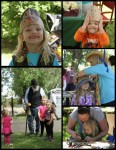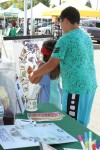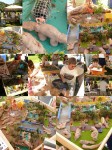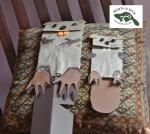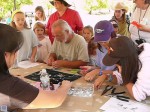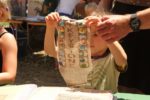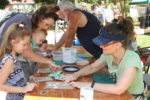Just in case you’re interested I’ll be talking about beavers and birds tomorrow night.
Beavers
March 13 @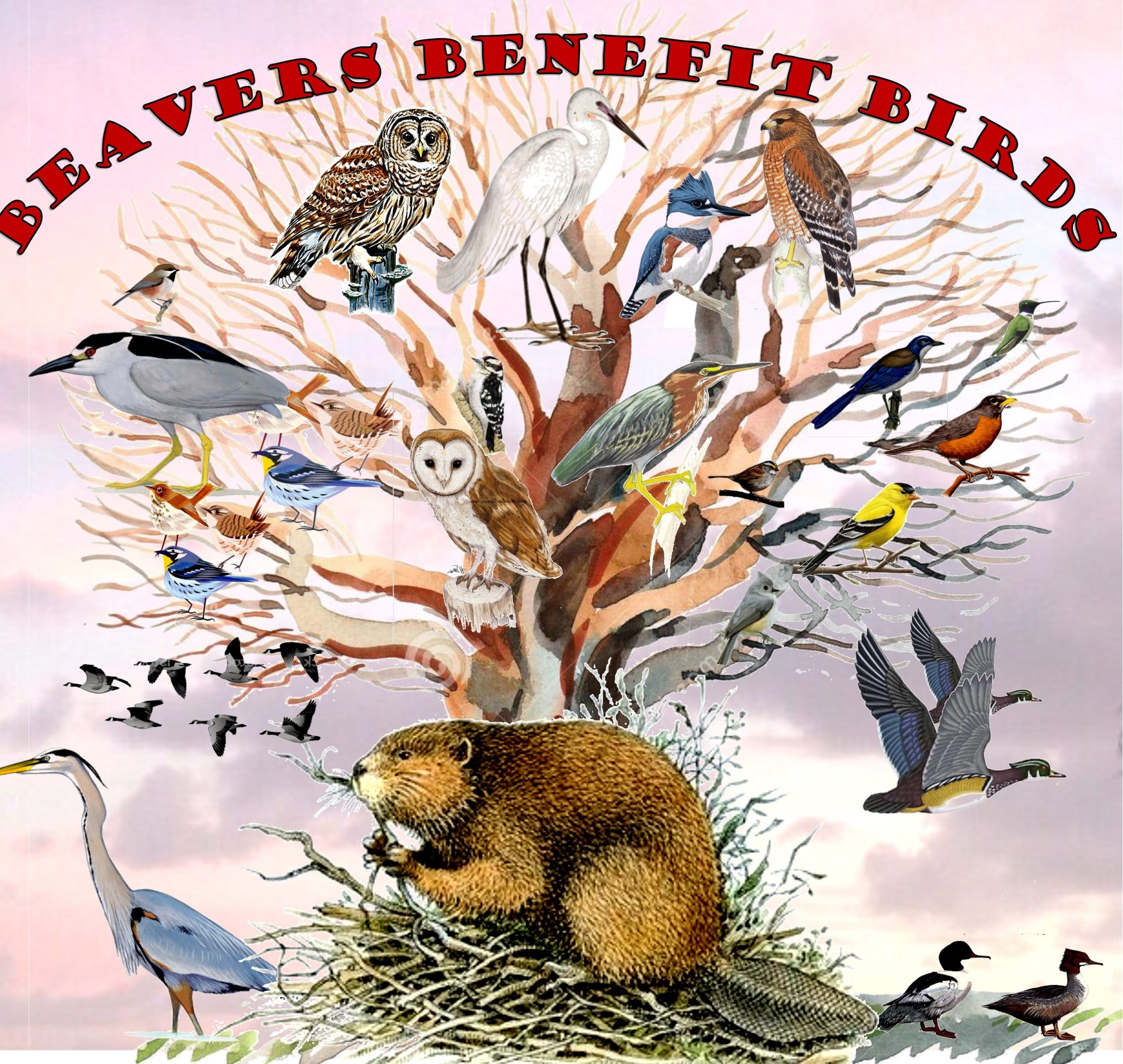 7:00 pm – 9:00 pm
7:00 pm – 9:00 pm
Thursday, March 13th
7:00pm – 9:00pm
Speaker: Heidi Perryman
Register HERE for this Speaker Series
Topic:
Beavers and their dams create wetlands, store and filter water, augment fish populations, raise the number of migratory and songbirds, and have a dramatic positive impact on biodiversity. Dr. Perryman will discuss how working to help people understand and coexist with this single species will continue to have a beneficial trickle-down impact on both humans and wildlife and improve resilience to ongoing climate changes.
Speaker Bio:
Heidi Perryman, Ph.D., is a child psychologist who became an accidental beaver advocate when beavers moved into her hometown in 2006. She started the organization “Worth A Dam” to coordinate solutions and educate others about their value in the watershed. She has helped coordinate information and network support with other beaver advocates across North America and Europe, and her website martinezbeavers.org is an important source of information and advocacy for the species.



 Dr. Emily Fairfax understands if you don’t think much about beavers.
Dr. Emily Fairfax understands if you don’t think much about beavers.
